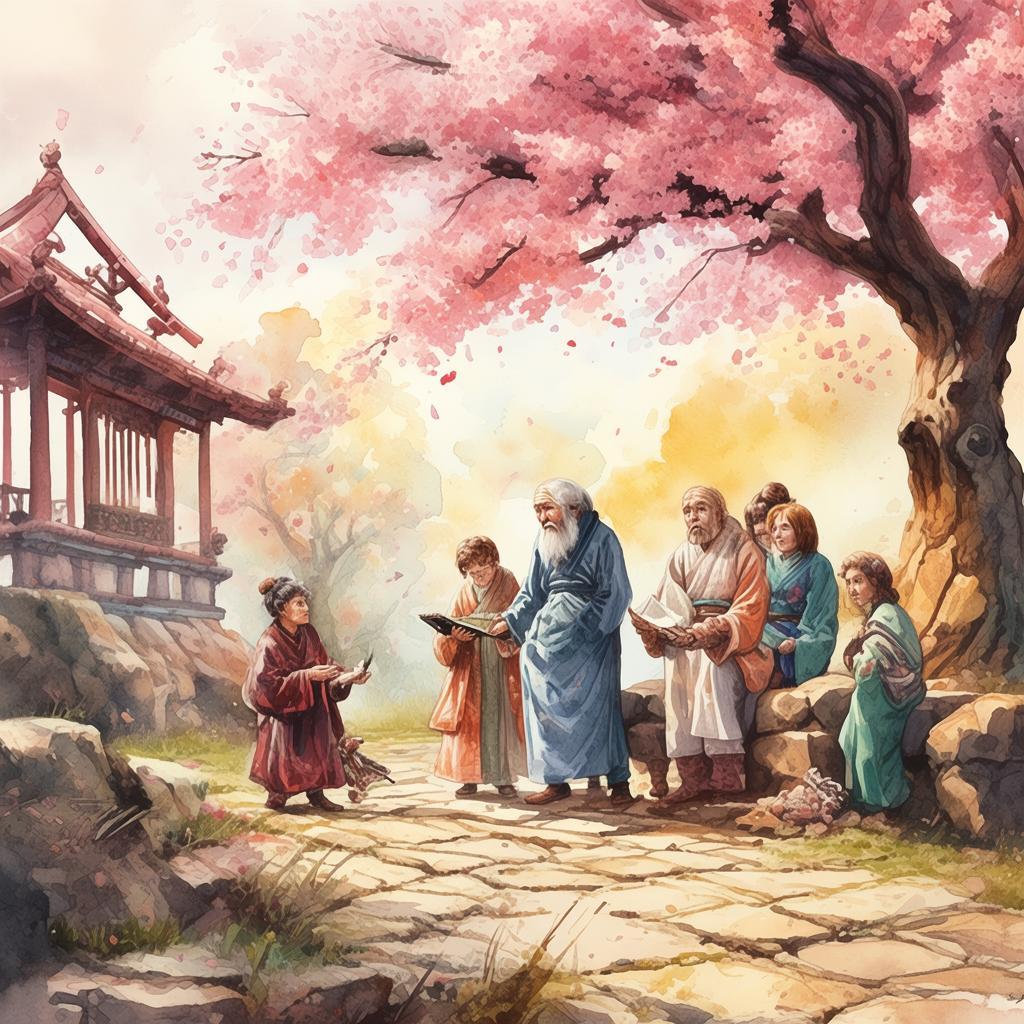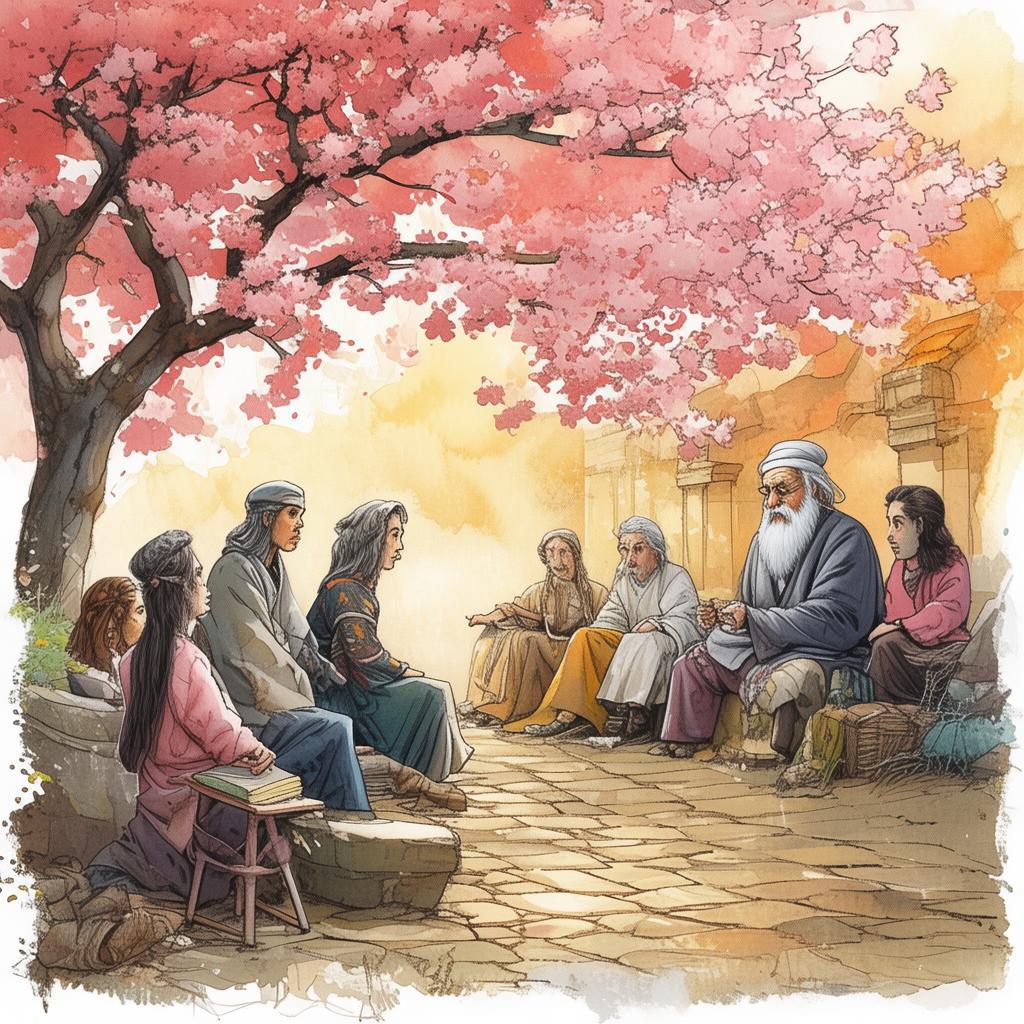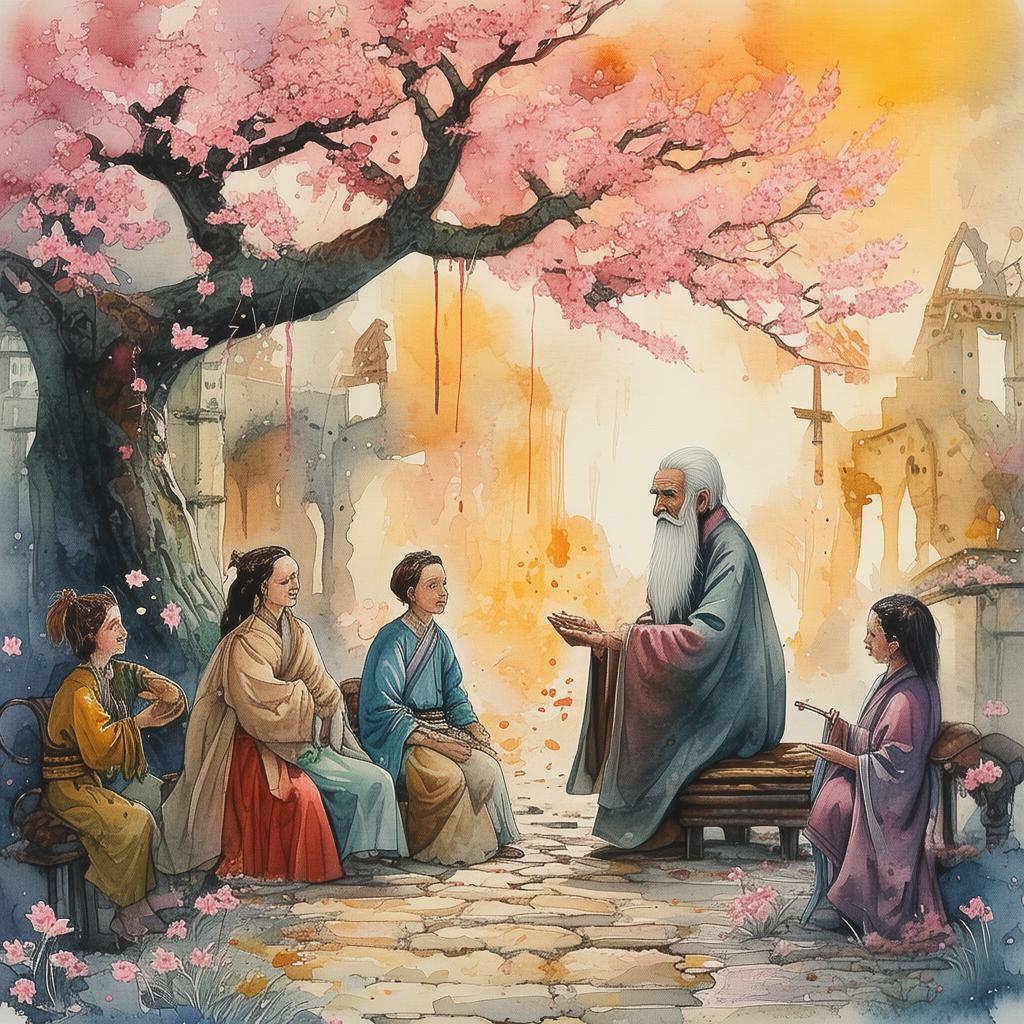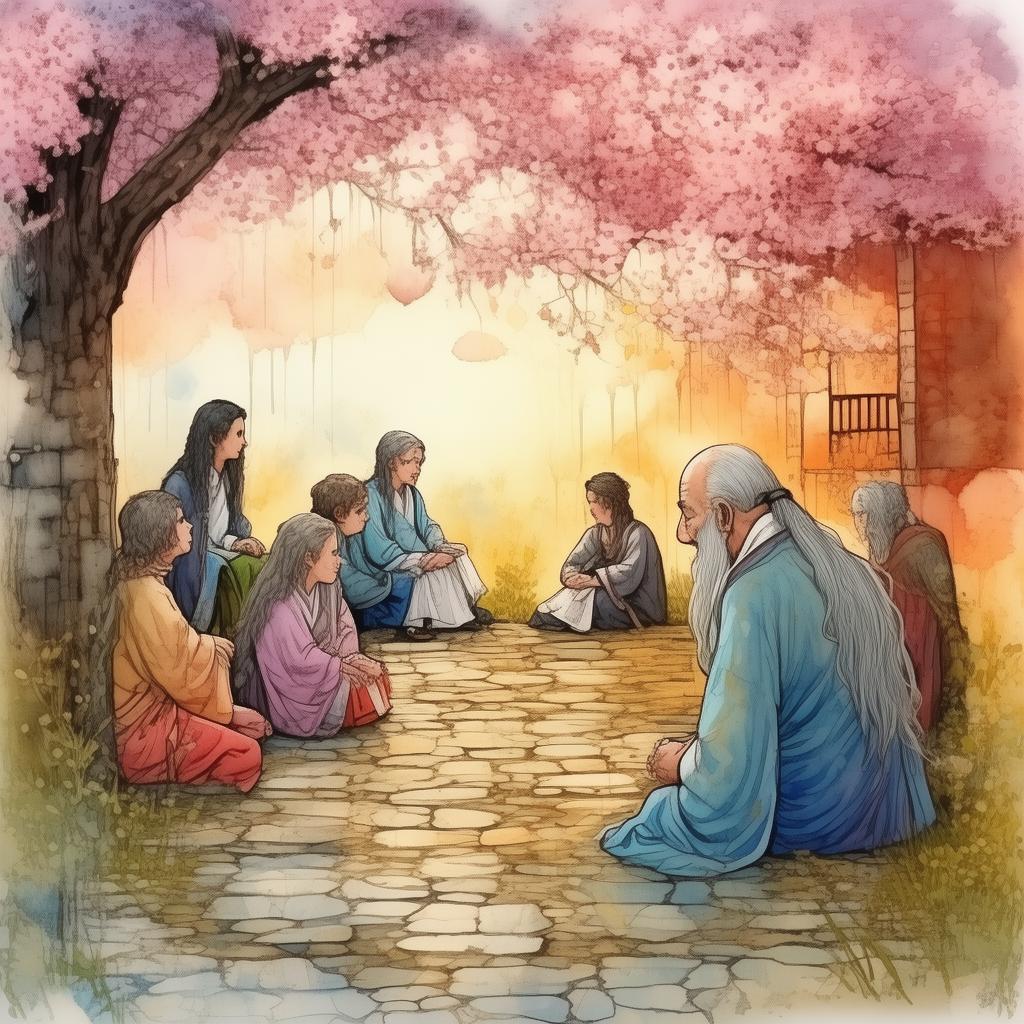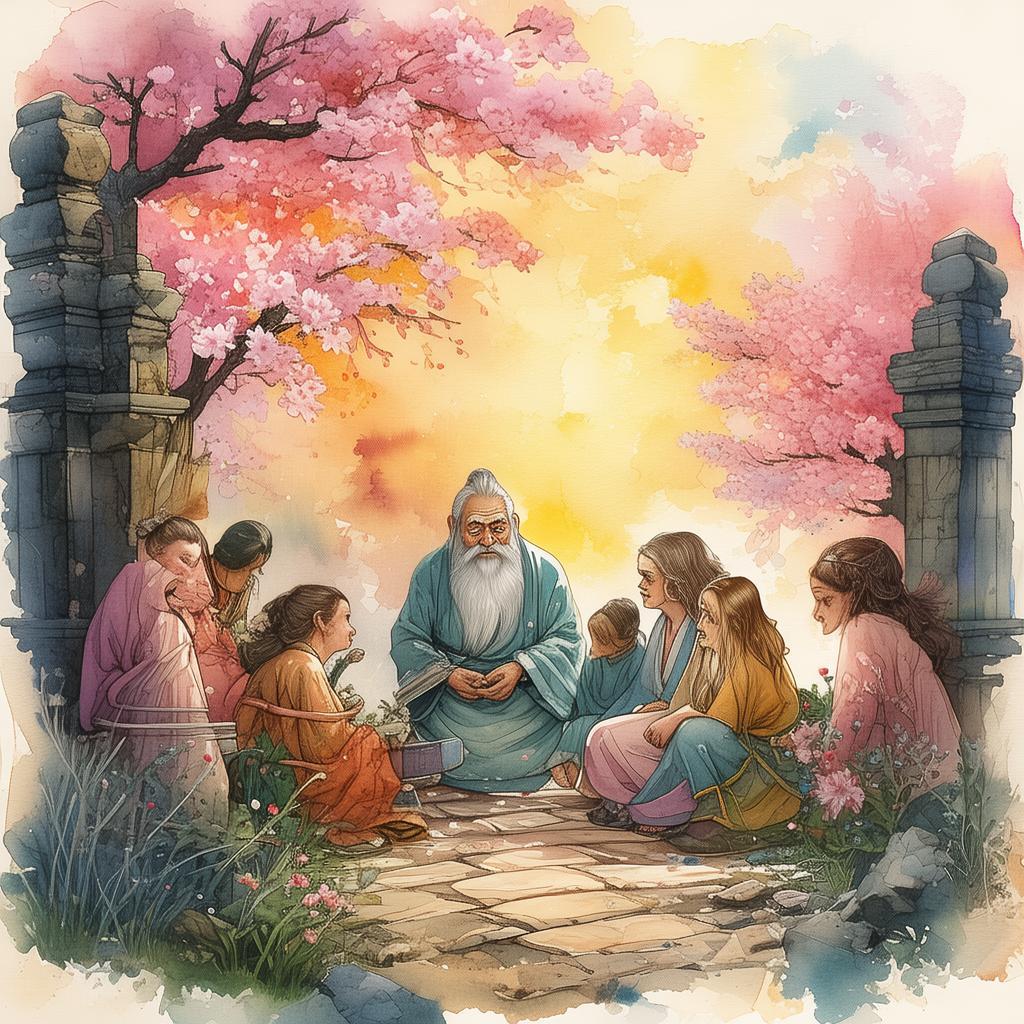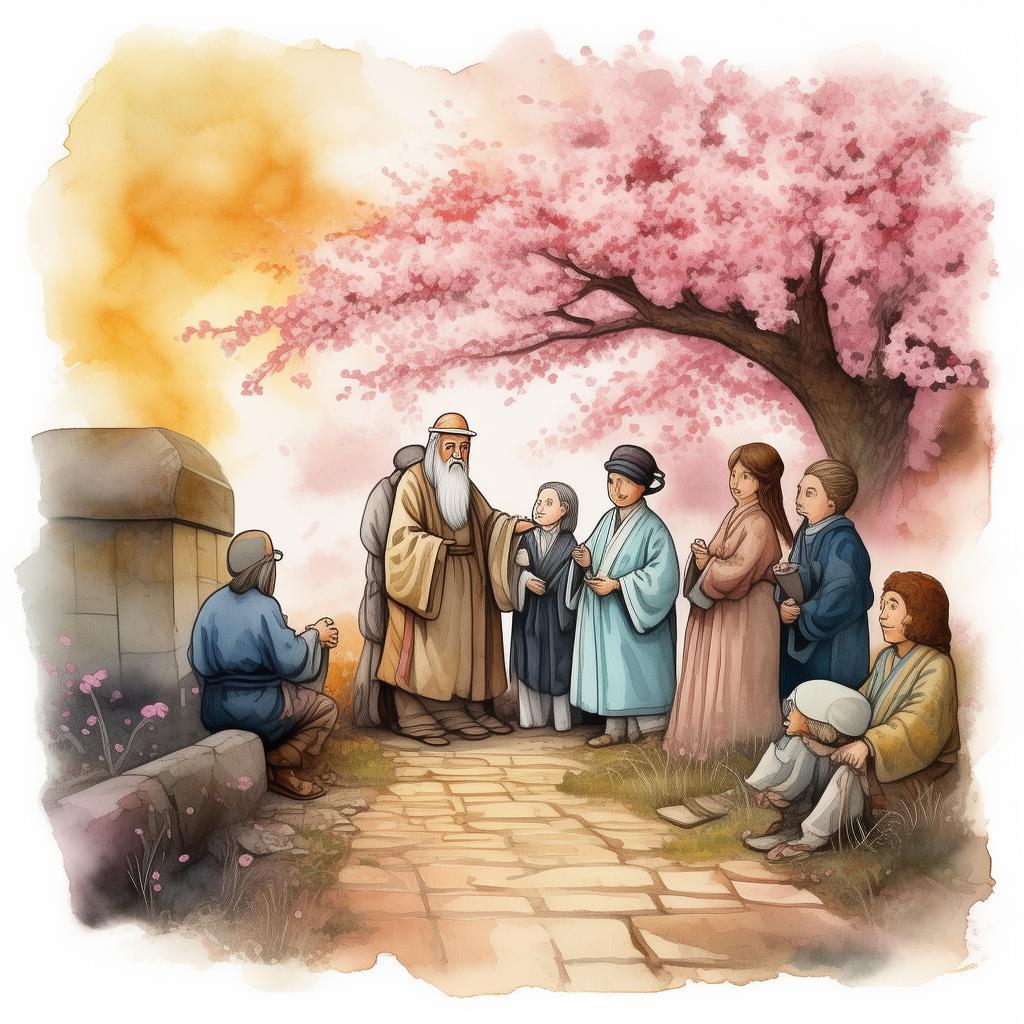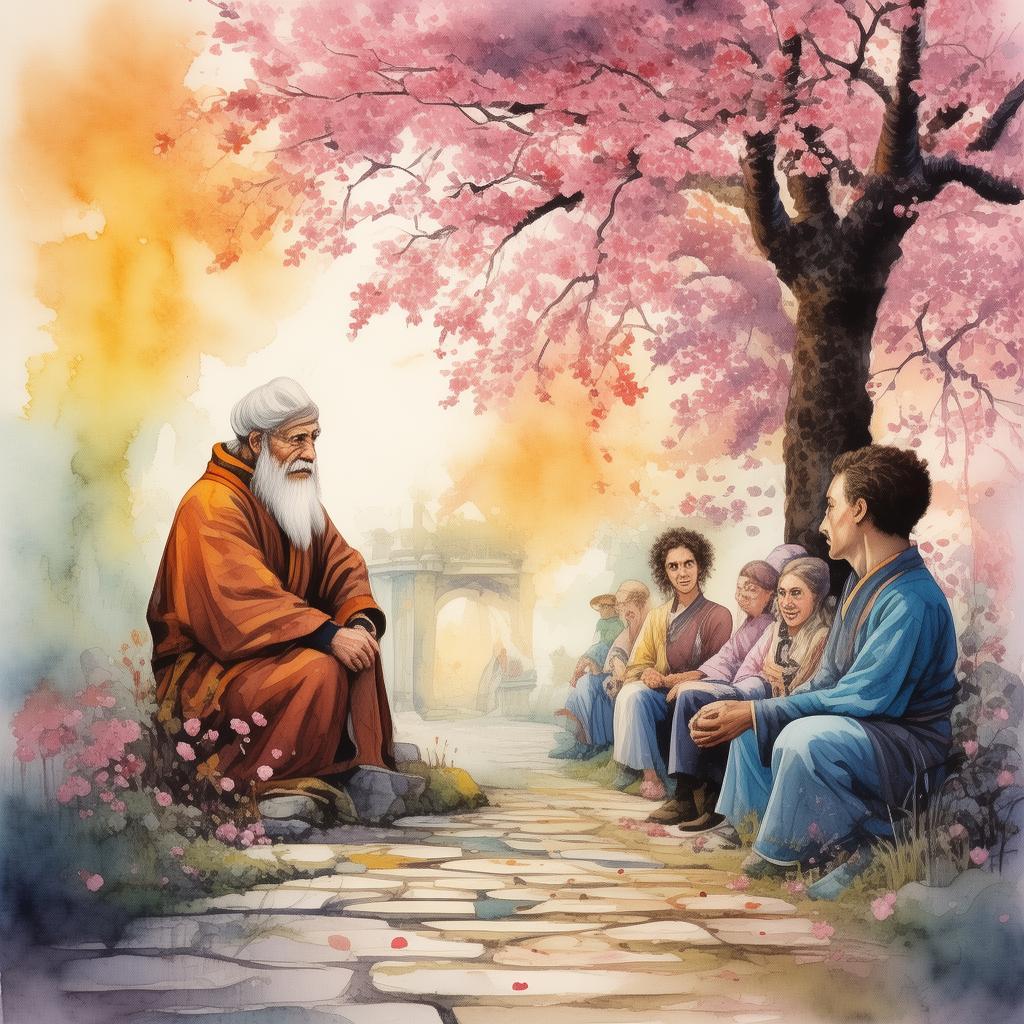The Illusion of Truth: A Twisted Tale of Identity and Deception
In the heart of an ancient city shrouded in mystery, there lay a garden known only to a few. The Garden of Mirrors, as it was called, was a place where the fabric of reality was as fragile as glass. It was said that within its walls, one could find the truth about oneself, but only at the cost of their sanity.
Li was a man who had always lived by the truth, but his life was a tapestry of illusions. His memories were like shifting sands, and the faces he knew were masks of deception. He was haunted by dreams of a garden, where the mirrors reflected not just his own face, but the faces of those he loved.
One night, as the moon hung low in the sky, Li received a letter. It was from his estranged sister, who had vanished years ago. The letter spoke of a place where the truth could be found, a place where the Garden of Mirrors lay. It was a place where she had found solace, and it was a place where she believed Li could find the answers he so desperately sought.
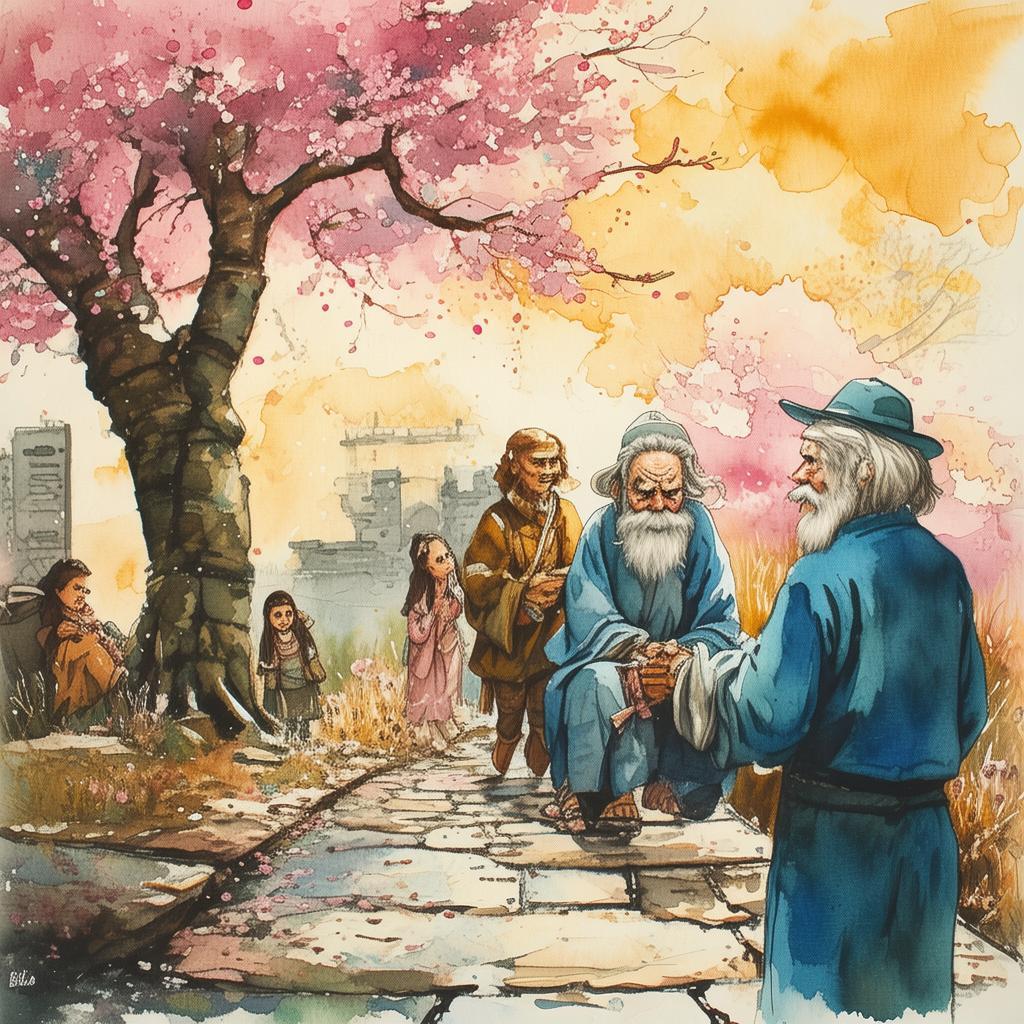
Determined to uncover the truth, Li ventured into the Garden of Mirrors. The entrance was a simple archway, but once inside, the world around him began to twist and warp. The air grew colder, and the sounds of his own footsteps echoed as if from a great distance. The garden was a labyrinth of mirrors, each one reflecting a different version of reality.
Li encountered figures from his past: a smiling mother who had died years ago, a childhood friend who had betrayed him, and a lover who had abandoned him. Each one was a reflection of his own illusions, and each one posed a question that pushed him further into the depths of the garden.
As he navigated through the garden, Li realized that the truth was not a single revelation, but a series of choices. He had to decide whether to trust the faces in the mirrors or to rely on his own judgment. He had to choose between the reality of his memories and the potential of a new truth.
The garden was a place of constant conflict. Each mirror was a different version of reality, and each version of himself was a different version of the truth. Li found himself torn between the reality of his past and the possibility of a new life. The garden was a maze, and the mirrors were his guides, but they were also his traps.
In the garden, Li discovered that his sister had not been the one who had sent him the letter. Instead, it was the work of a malevolent force that sought to control him through the illusions of the garden. The force wanted to use Li to unravel the fabric of reality itself, to create a world where the truth was a lie and the lie was the truth.
The climax of Li's journey came when he faced the core of the garden, the central mirror that held the ultimate truth. In that moment, Li had to confront not only the illusions of his past but also the illusions of his future. He had to choose between the life he had known and the life he could create.
With a deep breath, Li stepped forward. He reached out to the central mirror, and as he did, the garden began to collapse around him. The mirrors shattered, and the illusions faded away. In their place, Li saw the truth: a world where he could choose his own reality, where his memories were his own, and where his future was not predetermined by the past.
The garden, now a ruin, was a testament to the power of truth. Li had emerged from its depths not as a man bound by illusions, but as a man who had the power to shape his own destiny.
As he stood amidst the ruins, Li realized that the truth was not a destination but a journey. It was a journey that he would continue, one step at a time, one choice at a time.
The Garden of Mirrors had taught Li that the truth was not a single revelation, but a continuous process of discovery. It was a journey that required courage, determination, and the willingness to confront the darkest parts of oneself.
In the end, Li left the Garden of Mirrors a changed man. He had uncovered the truth about his past, and in doing so, he had also uncovered the truth about his future. He had learned that the truth was not a destination but a path, and that the journey was worth every step.
✨ Original Statement ✨
All articles published on this website (including but not limited to text, images, videos, and other content) are original or authorized for reposting and are protected by relevant laws. Without the explicit written permission of this website, no individual or organization may copy, modify, repost, or use the content for commercial purposes.
If you need to quote or cooperate, please contact this site for authorization. We reserve the right to pursue legal responsibility for any unauthorized use.
Hereby declared.
